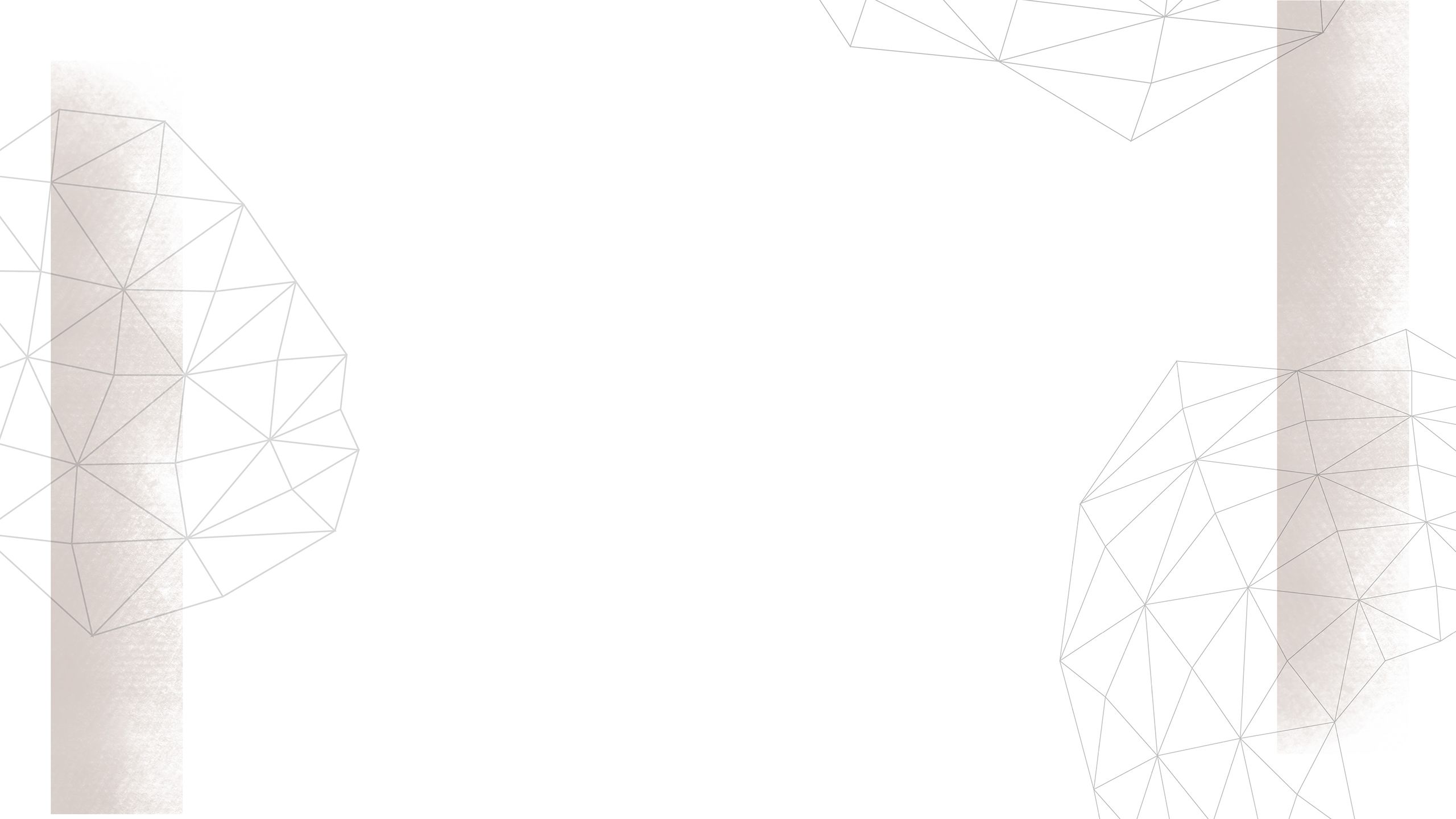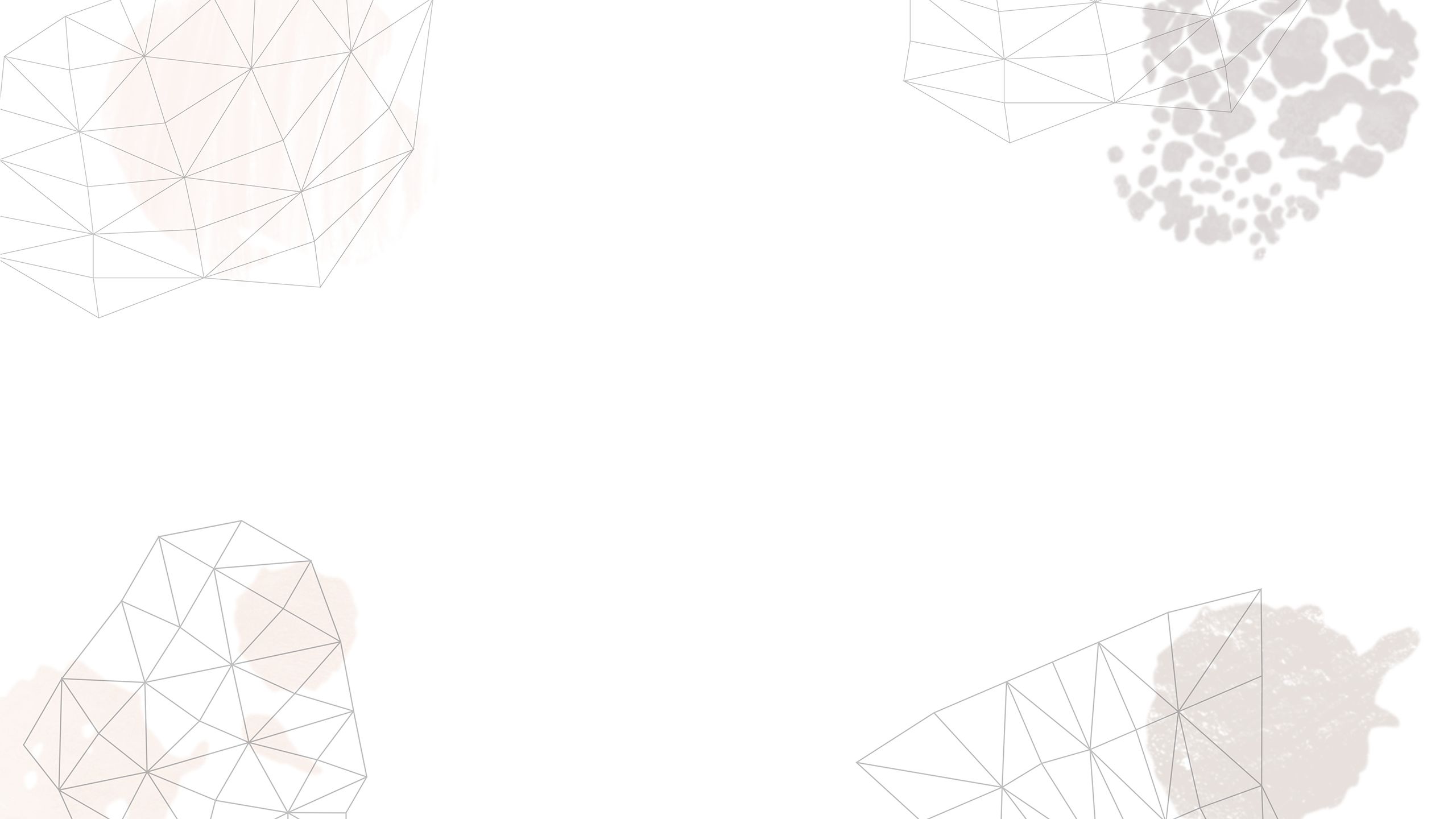I’m Still Me
Peter’s story

About Peter
Portrait of Peter with Prosthesis by Alison Murdoch (oil on canvas) 60 x 80 cm
Portrait of Peter with Prosthesis by Alison Murdoch (oil on canvas) 60 x 80 cm
Peter was born in Doncaster during World War II to parents who had moved from the channel coast. He returned to Kent at the end of the war and now lives on the outskirts of greater London. He describes himself as the black sheep of the family, being a Yorkshireman and not a Man of Kent, unlike the rest of his family.
Peter has been involved in countless initiatives that support patients through their rehabilitation for head and neck cancer, including speaking with them about what to expect from their treatment and advising researchers on how to optimise studies to maximise benefit and minimise burden for patients.
Peter joined the IMPRESSeD independent advisory group to ensure the study remained patient-centred and co-produced I’m Still Me. He is passionate about raising awareness of the impact of head and neck cancer and says he is supportive of any project that can help change the public perception and understanding of people who wear facial prostheses.
Peter’s diagnosis

Around 12 years ago I noticed a spot on my nose. I went to the doctor, who said “It’s nothing to worry about but we’d better get it removed”. Three months later, I was called up by the hospital who found that it was cancer.
I was initially told they’d laser it off but it turned out to be too big. I experienced a somewhat lengthy operation to remove my eye and nose. At the same time, implants were put in ready for a prosthesis.
“You’ve got to wait six months before we can activate the implants. We’re going to make you a prosthesis that we can stick on with adhesive” I was told. The team did just that, but the adhesively retained prosthesis was short lived, being dislodged on a crowded commuter train going home from the clinic the first time.
Peter’s prostheses

Shortly after my operation, a consultant maxillofacial prosthetist came to see me about making my prosthesis.
I wasn’t so interested in the beauty of the thing. All I wanted was a nose the right shape so I could put my glasses on. Seeing properly is more important to me than what the person next door thinks it looks like.
I was lucky to have a very good team working with me at this time, who were very happy to answer my questions.
While having a prosthesis is helpful, one challenge is that it can fall off. I dare not mention some places where this has happened to me – it should come with a warning label.
“A prosthesis is not all plain sailing.”
I am on my twelfth prosthesis and over time they’ve changed the design so it locks in. It’s now like a sink plunger that’s stuck onto a hole in my face.
After my operation, the experts told me my soft tissues will settle down over time, but that has not been the case for me. The tissue can move by several millimetres which can change the way the prosthesis fits.
I don’t worry if my prosthesis doesn’t fit correctly or if there’s other issues. I’ll phone the hospital and it will get dealt with.
Study of Peter without Prosthesis by Alison Murdoch (oil on canvas) 25 x 30 cm
Study of Peter without Prosthesis by Alison Murdoch (oil on canvas) 25 x 30 cm
I have experienced a lot of ignorance due to the type of cancer I had. People tell me that the cancer will have been caused by me sitting in the sun, but I have never been one for lying in the sunshine.
People can also make remarks before they’ve understood the facts; rude comments, silly remarks and staring. Older adults can be the worst, whereas children will usually ask their parents questions, and these are often delightful to hear.
“We have the results of our cancer surgery visibly on show. It can’t be hidden away.”
While I had been left cancer-free, I felt there was not enough psychological help for people who have lost an eye, ear or nose. We have the results of our cancer surgery visibly on show. It can’t be hidden away.
Because of my psychology training, I feel better equipped to deal with both the comments from the public and the way I respond to them. But I don’t think we are prepared well enough for what will happen after surgery.
I’m supportive of this project. I’d support any project that helps change the public perception and understanding of people who wear facial prostheses.
I think I’m Still Me could also be useful to psychologically prepare patients for what they may face following their surgery. We have to make people aware.
Study of Peter without Prosthesis by Alison Murdoch (oil on canvas) 25 x 30 cm
Study of Peter without Prosthesis by Alison Murdoch (oil on canvas) 25 x 30 cm
I’d like people to know that a prosthesis is not all plain sailing. This needs to be told to the person who will be wearing the prosthesis and to the person who will be looking at it.
I think sometimes people overestimate how good a prosthesis will make them feel. It’s only with time that you’ll change the way you feel about it. Your friends and family will also change in a good way.
About Peter’s artwork

Alison gained a sense of Peter’s personality and character from the idea generation workshop, his background story, and photographs. She wanted to represent Peter as a strong, vocal person who advocates for his fellow patients and lectures to raise awareness of head and neck cancer.
The paintings and studies portray Peter both with and without his prosthesis from different angles. The ‘Portrait of Peter with Prosthesis’ portrays Peter slightly from below as if he is giving a lecture in his role as a speaker and advocate.
The studies without the prosthesis show the heads of the implants to which magnets in the prosthesis attach to hold it in position. The different angles and expressions seem to imbue the paintings with a wide emotional range. Studies are vital not only in establishing the final composition but also in understanding differences in anatomy and facial structures.
Portrait of Peter with Prosthesis by Alison Murdoch (oil on canvas) 60 x 80 cm
Portrait of Peter with Prosthesis by Alison Murdoch (oil on canvas) 60 x 80 cm
Study of Peter without Prosthesis by Alison Murdoch (oil on canvas) 25 x 30 cm
Study of Peter without Prosthesis by Alison Murdoch (oil on canvas) 25 x 30 cm
Study of Peter without Prosthesis by Alison Murdoch (oil on canvas) 25 x 30 cm
Study of Peter without Prosthesis by Alison Murdoch (oil on canvas) 25 x 30 cm
Tell us what you think
We would value your views on the I’m Still Me project.
Please take a few moments to complete our feedback form.





